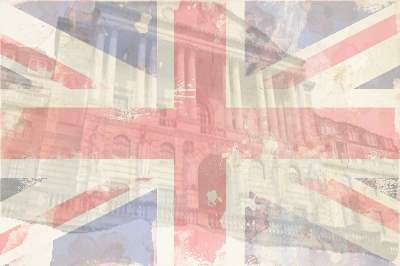Another 40 Year Record as Inflation RPI Hits 11.1%pa and CPI 9.0%pa
Published / Last Updated on 18/05/2022

The Office for National Statistics (ONS) has today published inflation figures for April 2022 in the UK. This followed a 40 year record inflation rate in March falling in the USA from 8.5%pa to 8.2%pa for April.
Despite the USA falls, UK Consumer Prices Index (CPI) hit yet another record 40 year high at 9.0%pa in April 2022 (7.0% in March, 6.2%pa in February, 5.5%pa in January, 5.4%pa in December, 5.1%pa in November and 4.2%pa in October). This is again at its highest rate in over 40 years.
The ONS put the inflationary increases price increases down to:
- Transport and energy, as Ukraine and Russian energy restrictions continue
- Housing and household services (not included in CPI but included in the Consumer Prices Index plus Housing)
- Restaurants and hotels
- Recreation and culture
- Communications
- Food and non-alcoholic beverages
On the downside, there we minute falls in costs of clothing and footwear, alcohol, tobacco, and health
What about the old inflation measure of the Retail Prices Index (RPI)?
The old measure of inflation RPI, an arithmetical mean of the average prices of a basket of household spending, went double digit, as predicted, to an unbelievable 40 year high in April of 11.10%pa (up from March 9.0%pa, 8.2% in February, 7.8% in January, 7.5% in December, 7.1%pa in November and 6.0%pa in October). The last time RPI was at these levels was in the 1980s and as predicted last month, RPI went above 10% despite a minor interest rate increase of just another 0.25%pa to 1.0%pa overall.
We repeat our message on inflation in that we still believe that RPI is a more accurate measure as it is the costs of a standard amount of a set of goods and services divided by the number of goods and services called an arithmetical mean whereas the newer measure of inflation, CPI is a geometrical mean i.e., prices multiplied together and then the nth root of the same number of goods and services.
Bold Interest Rate Action Required
The Bank of England’s next move? The Governor of the Bank of England Andrew Bailey said earlier this week when speaking at a Treasury Select Committee (TSC) meeting that he (or the Bank) felt “a bit helpless” in trying to control inflation. He also said: “Yes, it is more than uncomfortable … it is a very difficult place for us to be”.
We know that two or three of the Monetary Policy Committee members voted for a higher interest rate increase of 0.5%pa rather than 0.25%pa last time around and we expect, in fact demand, that the Bank of England increases interest rates by at least another 1%pa and quickly.
We know this will hurt some businesses and mortgage borrowers including ourselves, but we do not believe it will take the sting out of the strong economic growth and jobs availability with vacancies now exceeding unemployment numbers. An increase in rates will also encourage more saving rather than spending, it will help reduce prices.
80% of Price Factors Outside Our Control
It is interesting that Mr Bailey also said in the TSC meeting that 80% of the factors affecting the rise in prices were because of the Ukraine/Russian conflict i.e., we have no control over these prices. Our answer to that is simple, a further rate rise of 1%pa to 2%pa would make the £ stronger meaning that the costs of imported fuel, energy, food, goods, and services would reduce dramatically driving inflation down.
‘Smoke and Mirrors’? Governments Needs Inflation
Is this all ‘smoke and mirrors’ though? We have many times suggested on this site that governments around the world need inflation to devalue public sector debt. Just the UK government alone borrowed £500 billion to pay for covid-19. Most of this debt borrowing was via fixed rate gilts (government bonds). Think of them like an interest only fixed rate mortgage. You pay interest every month or year and then at the end of the term, you pay the debt back in full. £500 billion of debt on an interest only fixed rate means that if we had inflation at just 5%pa over a 10-year period, that £500 billion debt would be reduced in real terms value by 63% i.e., real terms value, debt to be repaid in 10 years of £185bn. On with a further 10 years inflation at the average 2.5%, offering a further devaluation compounded of 28%, i.e., equivalent debt value £133 billion. That’s the equivalent of just 26.6% of the original borrowing in future value terms. Governments want inflation!